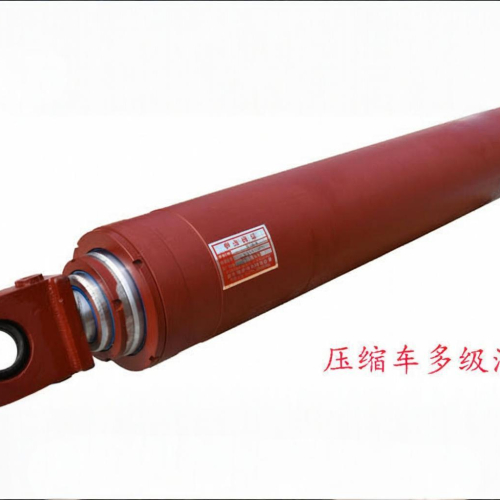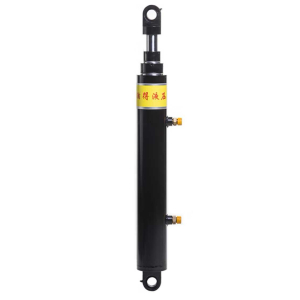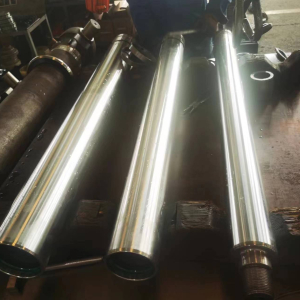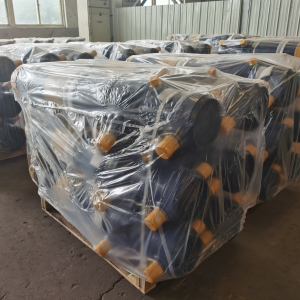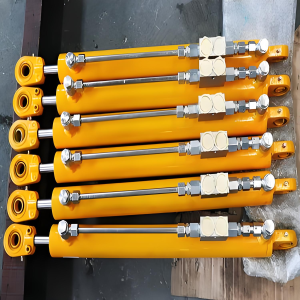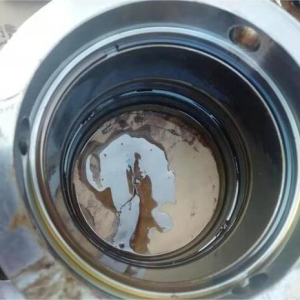The Role of Hydraulic Cylinders in Refuse Trucks
When it comes to refuse trucks, one of the most critical components ensuring smooth operation is the hydraulic cylinder. These powerful cylinders are responsible for lifting, compressing, and ejecting waste efficiently, making the entire garbage collection process faster and more reliable.

Whether you operate a fleet of waste collection vehicles or need to replace a single hydraulic cylinder, understanding the different types, functions, and pricing factors will help you make the right decision.
Types of Hydraulic Cylinders Used in Refuse Trucks
Refuse trucks use different hydraulic cylinders depending on the truck’s function. Here are the most common types:
1. Lift Cylinders
Lift cylinders are responsible for raising and lowering the refuse truck’s arms to pick up waste bins. These cylinders need to handle heavy loads and frequent operation, so durability is key.
2. Ejection Cylinders
These cylinders push out compacted waste from the truck body. Since they must exert significant force, they are often double-acting hydraulic cylinders, meaning they can extend and retract under pressure.
3. Tailgate Cylinders
These cylinders open and close the truck’s tailgate to allow waste to be loaded or ejected. They are typically smaller but must be highly reliable to prevent leaks and ensure smooth operation.
4. Compaction Cylinders
Compaction cylinders compress waste inside the truck to maximize storage capacity. These are high-pressure cylinders, built to withstand constant force without failure.
Each of these cylinders plays a crucial role in waste collection, and choosing the right type is essential for the truck’s efficiency and longevity.

How to Choose the Right Refuse Truck Hydraulic Cylinder
1. Consider the Load Capacity
Different refuse trucks require different levels of hydraulic power. If your truck handles heavy industrial waste, you’ll need high-capacity cylinders that can withstand greater pressure and weight.
2. Check the Cylinder Material
Most hydraulic cylinders are made from hardened steel or aluminum. Steel cylinders are more durable and can handle higher pressure, while aluminum is lighter and more resistant to corrosion.
3. Look for High-Quality Seals
The seals inside a hydraulic cylinder prevent leaks and ensure smooth operation. Poor-quality seals can lead to hydraulic fluid leaks, reducing efficiency and increasing maintenance costs.
4. Understand the Stroke Length and Bore Size
- Stroke length refers to how far the piston can extend and retract.
- Bore size determines the power of the hydraulic cylinder.
Both factors need to match your refuse truck’s hydraulic system specifications.
5. Choose Between Standard or Custom Cylinders
Some refuse trucks require custom hydraulic cylinders to fit unique designs. If you’re replacing a damaged cylinder, ensure the new one matches the original specifications.
Making the Right Choice for Your Refuse Truck
Hydraulic cylinders are the backbone of any refuse truck, ensuring smooth and efficient waste collection. By understanding the different types, pricing factors, and maintenance tips, you can make an informed decision when purchasing or replacing hydraulic cylinders.
If you’re in the market for high-quality refuse truck hydraulic cylinders, be sure to choose a trusted supplier and prioritize durability, compatibility, and performance. Investing in the right hydraulic cylinder will keep your refuse trucks running efficiently, reducing downtime and maintenance costs in the long run.
Need expert advice on hydraulic cylinders? Contact a specialist today to find the perfect fit for your refuse truck!
It is recommended to use various types of hydraulic cylinders, double-acting hydraulic cylinders, and Loader Hydraulic Cylinder


